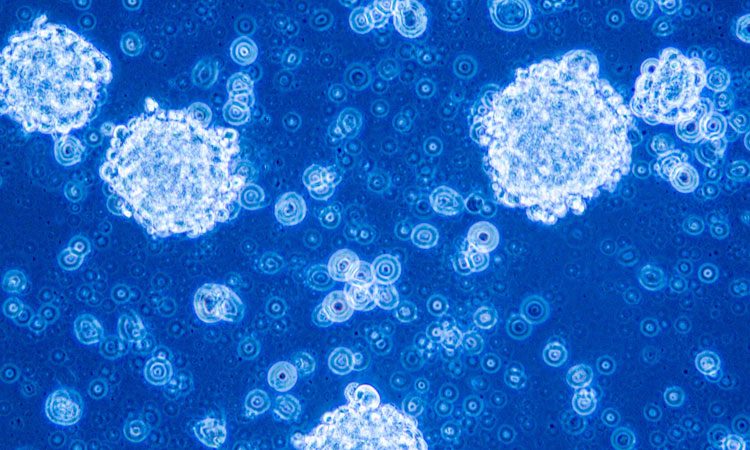New drug target for glioblastoma identified by study
Posted: 21 August 2019 | Rachael Harper (Drug Target Review) | No comments yet
A new drug target for treating glioblastoma has been identified from a cellular pathway found to contribute to the spread of glioma stem cells.


A new study has identified a new drug target for treating glioblastoma which is part of a never-before defined cellular pathway found to contribute to the spread of a subset of the cancer cells glioma stem cells.
Previous research has shown that the protein FGF2 (fibroblast growth factor 2), contributes to glioma stem cell self-renewal and tumour growth when activated but it was not understood how. This study, co-led by the Cleveland Clinic has identified that FGF2 is an important intermediary in a multi-step, pro-cancer signaling loop and suggests that deactivating FGF2 may halt the growth and spread of glioblastoma.
Co-led by Justin Lathia, PhD, Cleveland Clinic Lerner Research Institute the study is the first to identify FGF2 as a novel druggable target for glioblastoma.
The researchers found that a protein called ADAMDEC1 (a disintegrin and metalloproteinase domain-like protein decysin 1), which is secreted by glioma stem cells, breaks down an extracellular matrix – a network of molecules that help to hold and anchor nearby cells together. In its absence, cancer cells are able to access key nutrients for their growth that otherwise would not be available, one of which is FGF2.
The researchers showed that ADAMDEC1 activates FGF2, which is found within the tumour microenvironment. The activated FGF2 selectively binds to and activates a receptor found on the surface of glioma stem cells, called FGFR1 (FGF receptor 1).
FGFR1 plays two important roles in driving glioblastoma: it helps to mediate the hallmark pro-cancer characteristics of glioma stem cells, including their ability to self-renew and spread and it induces the expression of ADAMDEC1, which sends this whole cellular feedback loop into motion again.
“These findings are exciting because they put forth a new paradigm for glioma stem cell regulation,” said Dr Lathia. “This pathway shows that glioma stem cells’ ability to access key nutrients in their surrounding microenvironment, by way of ADAMDEC1, is integral for their maintenance and spread.
Finding a way to interrupt this feedback loop will be important for treating glioblastoma.”
While additional research is necessary, this study suggests that therapeutically targeting FGF2 may be the key to interrupting this cancer-driving loop.
The study was published in Cancer Discovery.
Related topics
Analysis, Disease research, Protein, Research & Development, Stem Cells, Targets
Related conditions
Glioblastoma
Related organisations
Cancer Discovery, Cleveland Clinic
Related people
Justin Lathia PhD



